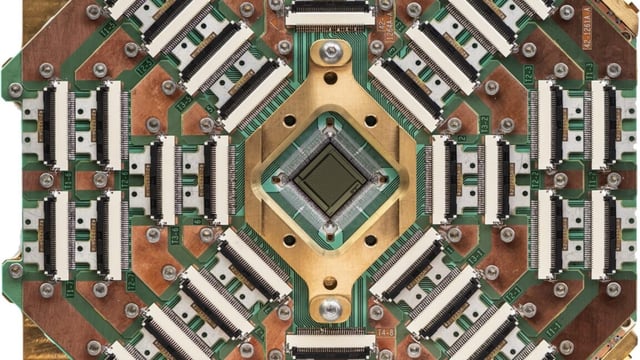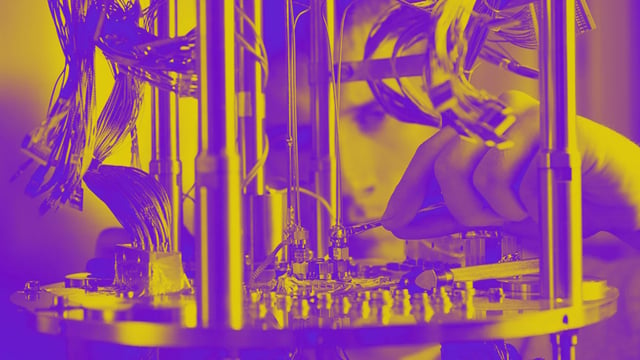Overview
- D-Wave's Advantage2 quantum annealer solved a simulation of quantum dynamics in minutes, which researchers claim would take classical supercomputers millions of years.
- The study focused on Ising model simulations, relevant to materials science, where classical methods failed to match the quantum hardware's performance for highly complex systems.
- Researchers using classical algorithms have challenged D-Wave's claims, replicating parts of the problem on laptops and GPUs in significantly less time.
- D-Wave argues that these classical methods do not cover the full scope or scale of their quantum results, especially for larger and more complex systems.
- The debate highlights the ongoing rivalry between quantum and classical computing, with advancements on both sides pushing the boundaries of computational capabilities.



